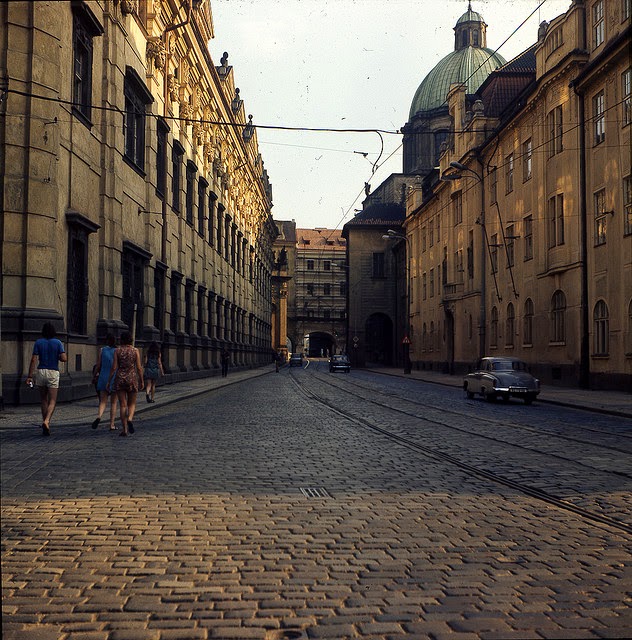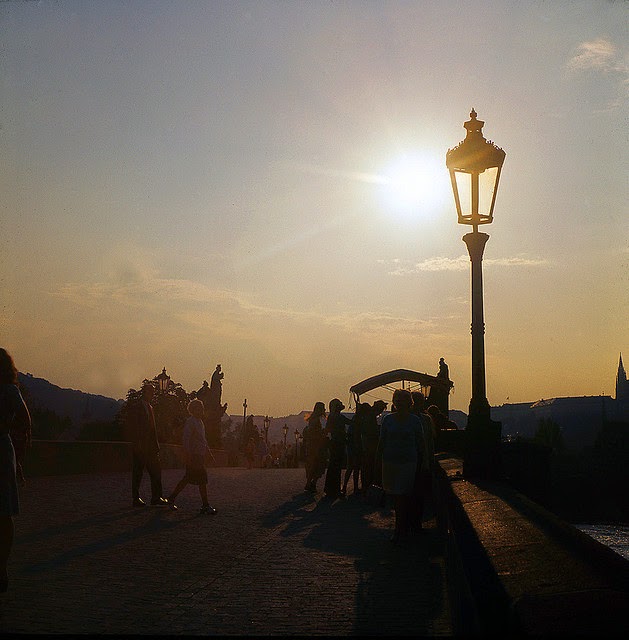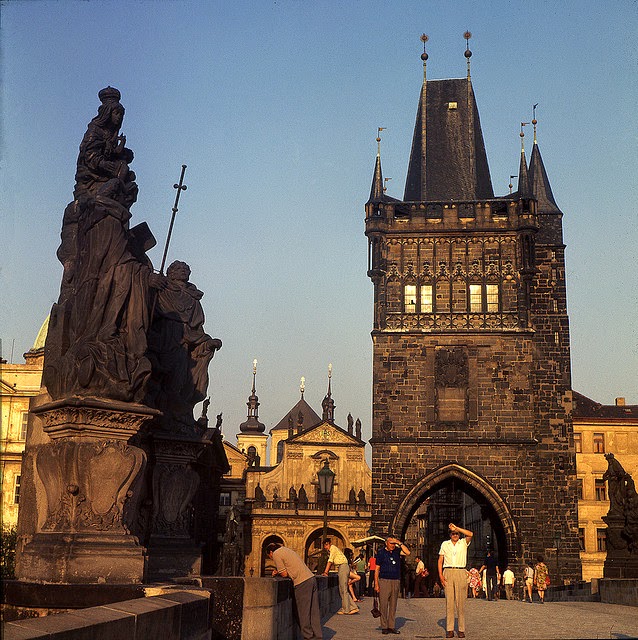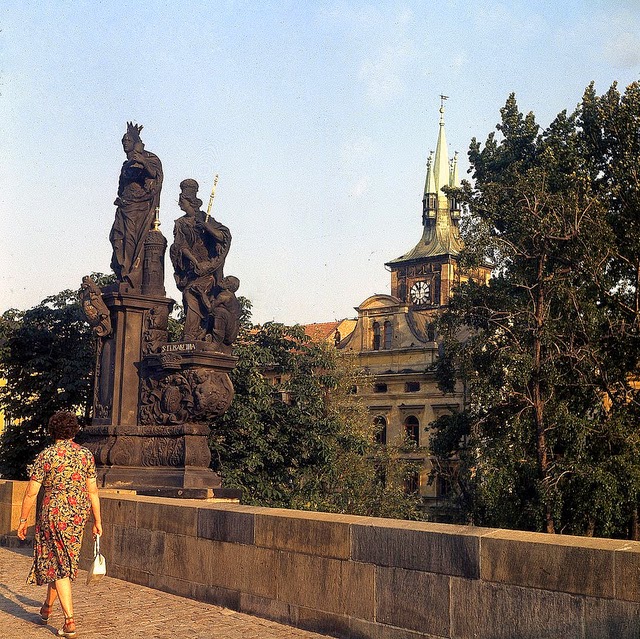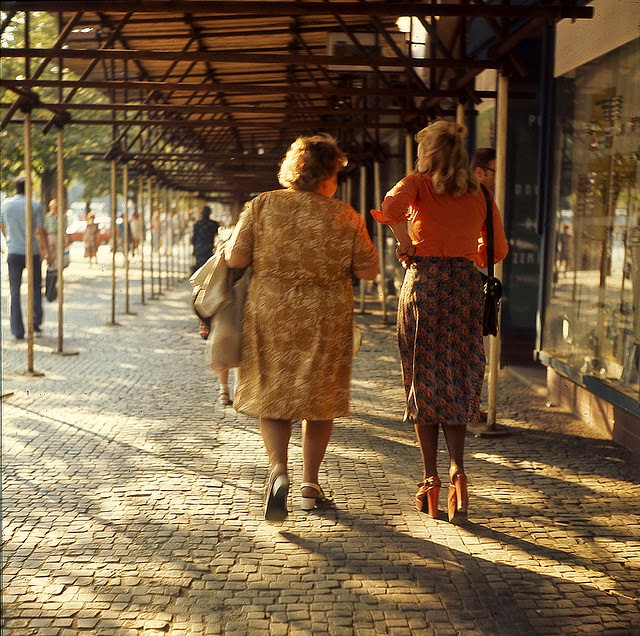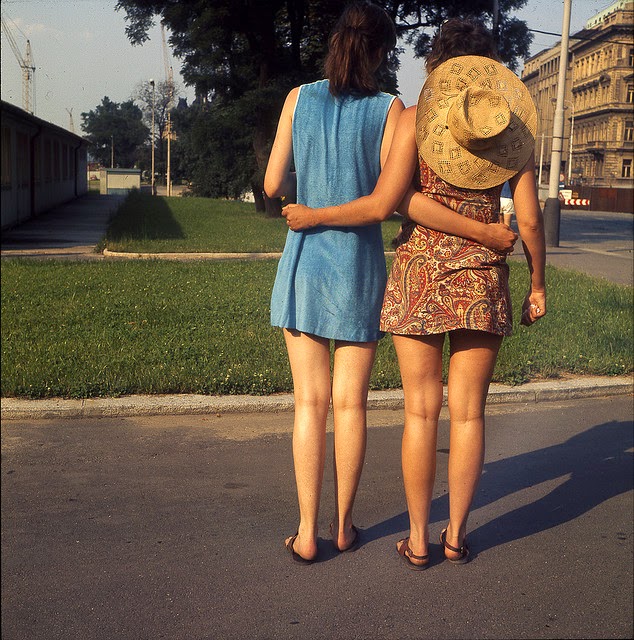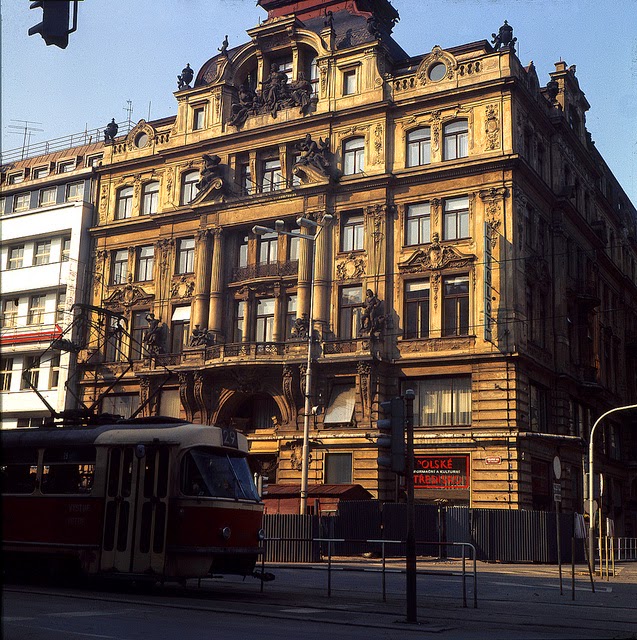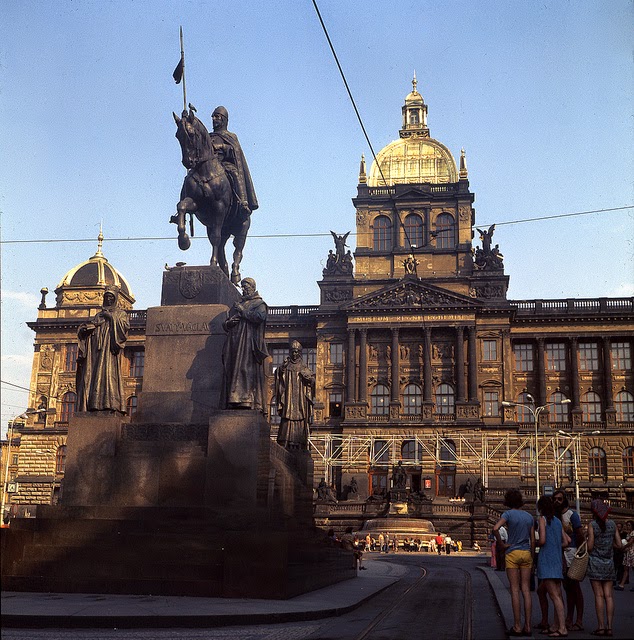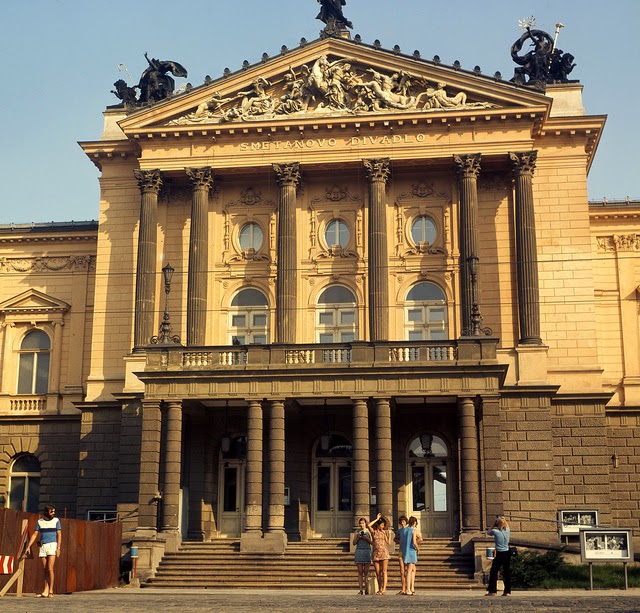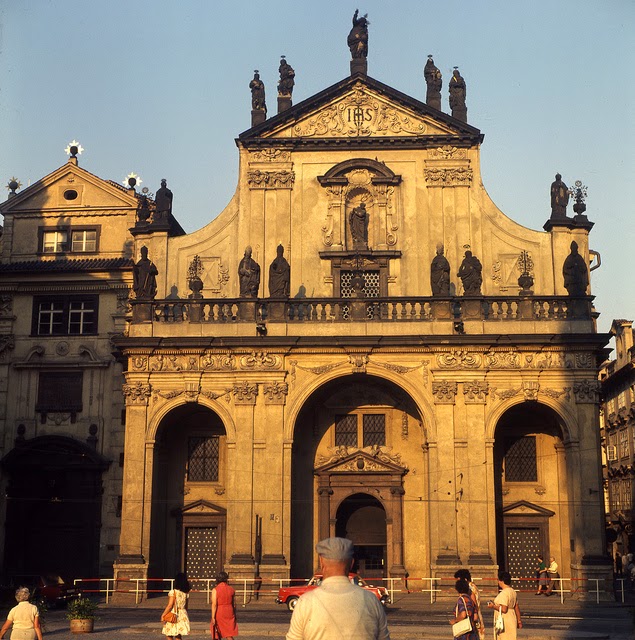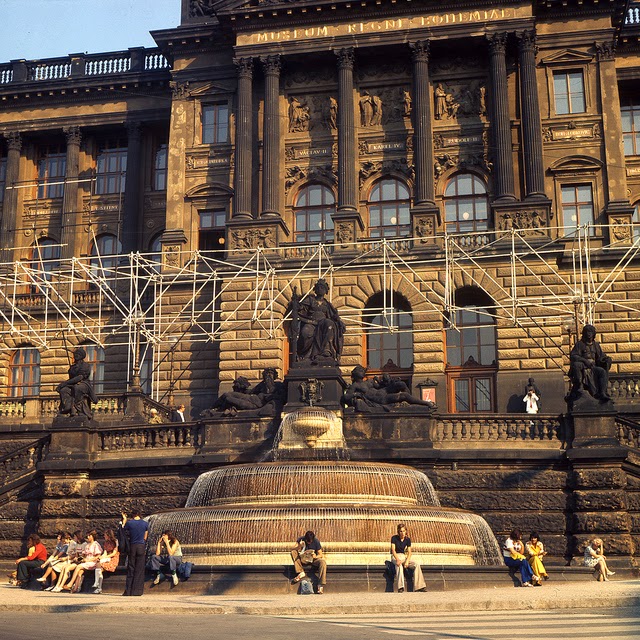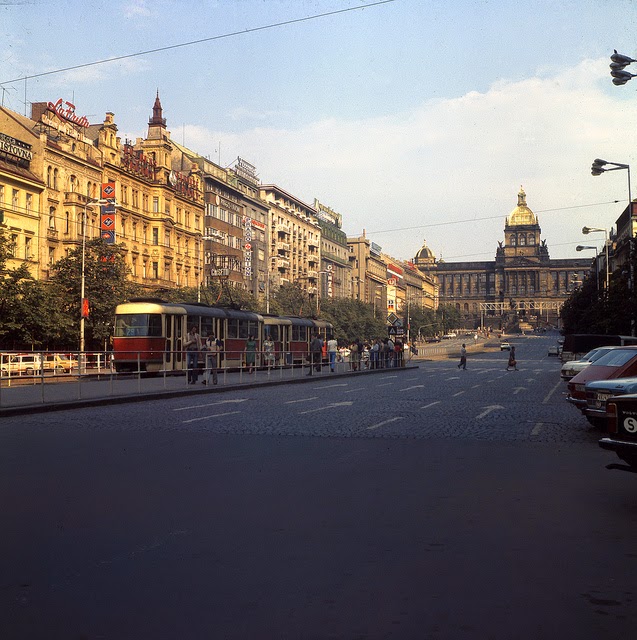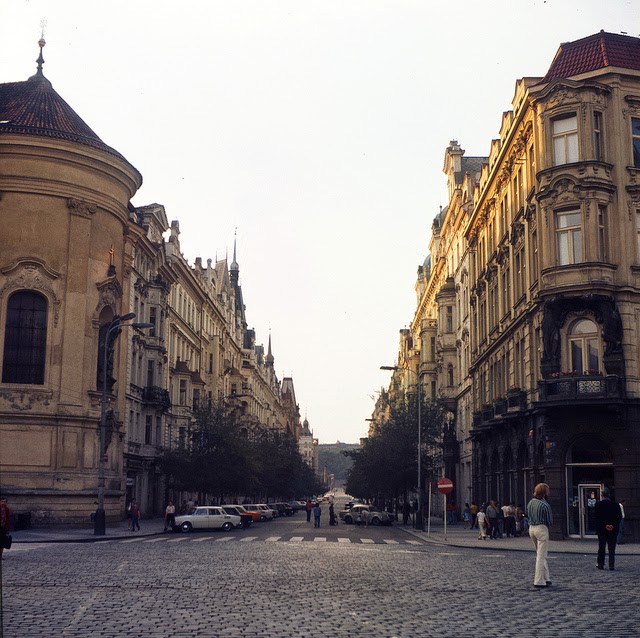Prague is the historical capital of Bohemia. Situated in the north-west of the country on the Vltava River, the city is home to about 1.26 million people, while its larger urban zone is estimated to have a population of nearly 2 million.The city has a temperate climate, with warm summers and chilly winters.Prague has been a political, cultural, and economic centre of central Europe with waxing and waning fortunes during its 1,100-year existence. Founded during the Romanesque and flourishing by the Gothic, Renaissance and Baroque eras, Prague was not only the capital of the Czech state, but also the seat of two Holy Roman Emperors and thus also the capital of theHoly Roman Empire.It was an important city to the Habsburg Monarchy and its Austro-Hungarian Empire and after World War I became the capital of Czechoslovakia. The city played major roles in the Bohemian and Protestant Reformation, the Thirty Years’ War, and in 20th-century history, during both World Wars and the post-war Communist era.
Prague is home to a number of famous cultural attractions, many of which survived the violence and destruction of 20th-century Europe. Main attractions include the Prague Castle, theCharles Bridge, Old Town Square with the Prague astronomical clock, the Jewish Quarter, Petřín hill and Vyšehrad. Since 1992, the extensive historic centre of Prague has been included in the UNESCO list of World Heritage Sites.
See these beautiful photos of the amazing city of Prague in 1975:
For most of its history Prague had been an ethnically mixed city with important Czech, German, and Jewish populations. Prague had German-speaking near-majority in 1848, but by 1880 the German population decreased to 13.52 percent, and by 1910 to 5.97 percent, due to a massive increase of the city’s overall population caused by the influx of Czechs from the rest of Bohemia and Moravia and also due to the assimilation of some Germans. As a result, the German minority along with the German-speaking Jewish community remained mainly in the central, ancient parts of city, while the Czechs had a near-absolute majority in the fast-growing suburbs of Prague. As late as 1880, “Germans” still formed 22 percent of the population of Stare Mesto (the Old Town), 16 percent in Nove Mesto (the New Town), 20 percent in Mala strana (the Little Quarter), 9 percent in Hradcany, and 39 percent in the former Jewish Ghetto of Josefov. From 1939, when the country was occupied by Nazi Germany, and during World War II, most Jews either fled the city or were killed in the Holocaust. Most of the Jews living in Prague after the war emigrated during the years of Communism, particularly after the communist coup, the establishment of Israel in 1948, and the Soviet invasion in 1968. In the early 1990s, the Jewish Community in Prague numbered only 800 people compared to nearly 50,000 before World War II. In 2006, some 1,600 people were registered in the Jewish Community.
During the communist period little was actively done to maintain the beauty of the city’s buildings. Due to the poor incentives offered by the regime, workers would put up scaffolding and then disappear to moonlighting jobs. Vaclavske Namesti (Wenceslas Square) was covered in such scaffolds for over a decade, with little repair ever being accomplished. True renovation began after the collapse of communism. The durability of renovations was aided by the fact that Prague converted almost entirely from coal heating in homes to electric heating. The coal burnt during the communist period was a major source of air pollution that corroded and spotted building façades, giving Prague the look of a dark, dirty city.

